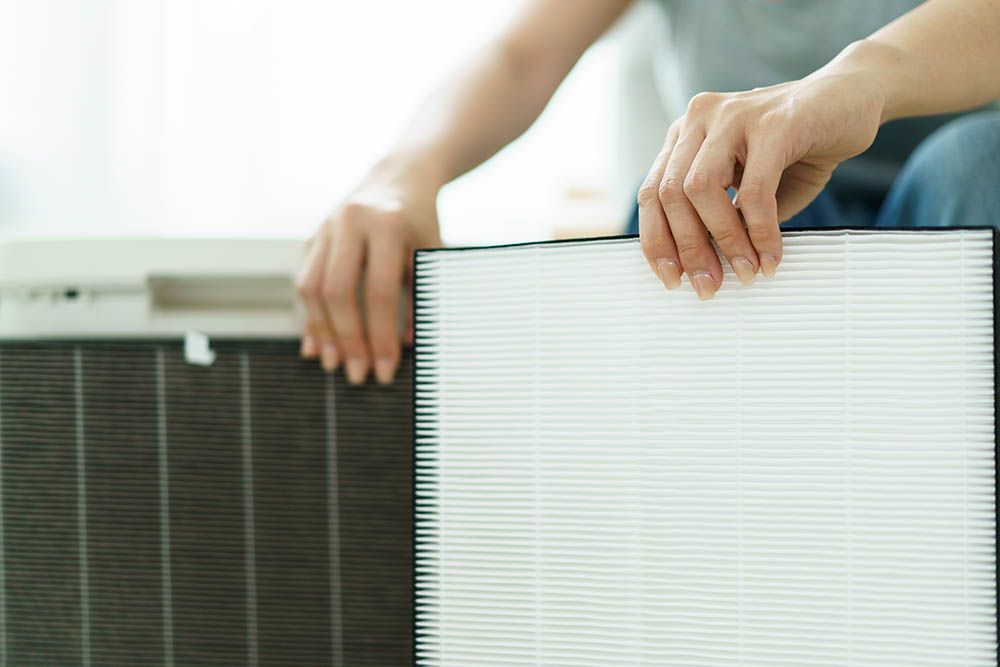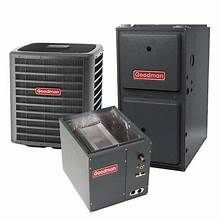
What Is an Air Purifier?
An air purifier is a device designed to remove contaminants from the air in your home. It works by drawing in air, filtering it through various types of filters, and then releasing the cleaned air back into the room. Air purifiers come in different models with varying levels of filtration, but all of them aim to reduce airborne pollutants that can trigger allergies or other respiratory issues.
How Do Air Purifiers Help with Allergies?
Air purifiers help allergy sufferers by removing harmful particles from the air that cause irritation. Here’s how an air purifier can help you manage your allergies:
1. Removal of Common Allergens
Air purifiers equipped with high-efficiency filters, like HEPA (High-Efficiency Particulate Air) filters, can capture small particles such as:
- Pollen: A major trigger for seasonal allergies.
- Dust mites: Microscopic organisms that thrive in bedding, carpets, and upholstery.
- Pet dander: Tiny flakes of skin shed by animals, especially cats and dogs.
- Mold spores: Can grow in damp areas and trigger allergic reactions.
- Smoke and odors: Certain air purifiers can even help remove lingering smoke and cooking odors that may irritate the respiratory system.
By filtering out these allergens, air purifiers can help create a cleaner, healthier indoor environment, providing relief for allergy sufferers.
2. Improved Air Quality
Air purifiers continually circulate and clean the air, improving the overall air quality in your home. This can be especially beneficial if you live in an area with high levels of outdoor pollution or if your home tends to trap dust, pollen, or other allergens indoors.
3. Relief from Asthma Symptoms
For individuals with asthma, air purifiers can help reduce triggers that may lead to asthma attacks, such as dust, pet dander, and airborne pollutants. Cleaner air can provide significant relief and help manage asthma symptoms more effectively.
4. Better Sleep
Many allergy sufferers struggle to sleep due to nasal congestion and irritation. Cleaner air can reduce nighttime symptoms, allowing for a more restful night’s sleep. Air purifiers that reduce allergens like dust mites and pollen can be particularly helpful in the bedroom, where allergens tend to accumulate.
Choosing the Right Air Purifier for Your Home
Not all air purifiers are the same, so it’s important to choose one that’s effective for your specific needs. Here are a few tips for selecting the right air purifier for allergy relief:
1. HEPA Filters Are a Must
For allergy relief, choose an air purifier with a HEPA filter. HEPA filters are designed to capture 99.97% of particles that are 0.3 microns or larger, which includes most allergens like dust, pollen, pet dander, and mold spores. Make sure the air purifier is labeled with a true HEPA filter to ensure maximum effectiveness.
2. Consider the Size of the Room
Air purifiers come in various sizes, and it’s important to select one that matches the size of the room where you plan to use it. Each air purifier will have a CADR (Clean Air Delivery Rate) rating, which tells you how effective it is at cleaning the air in a particular size room. Be sure to choose an air purifier with a CADR rating that matches or exceeds the square footage of the room.
3. Check for Additional Features
Some air purifiers come with additional features like UV-C lights, which can kill bacteria and viruses, or carbon filters, which can help remove odors and volatile organic compounds (VOCs). These features may be useful if you’re dealing with multiple indoor air quality issues in addition to allergens.
4. Noise Level
Consider the noise level of the air purifier, especially if you plan to use it in a bedroom or other quiet area. Look for models that offer a quiet operation, so you can run them throughout the day and night without disturbing your peace.
5. Maintenance and Filter Replacement
Air purifiers require regular maintenance, such as replacing filters every few months. Check the manufacturer’s recommendations for how often you’ll need to replace the filters and whether the filters are easy to find and replace.
Other Ways to Reduce Allergens in Your Home
In addition to using an air purifier, there are several other steps you can take to reduce allergens and improve air quality in your home:
- Regular Cleaning: Dusting, vacuuming, and cleaning carpets can help reduce the buildup of allergens. Consider using a vacuum with a HEPA filter to trap dust and pet dander.
- Wash Bedding Frequently: Dust mites thrive in bedding and pillows. Wash these items regularly in hot water to kill dust mites and reduce exposure.
- Keep Pets Out of Bedrooms: If pet dander is a trigger for your allergies, keep pets out of your bedroom and other sleeping areas.
- Control Humidity: Use a dehumidifier in damp areas to reduce mold growth and keep humidity levels in check.
Why Choose City Ventilations for Your Air Purifier Needs?
At City Ventilations, we’re dedicated to helping you create a comfortable and healthy living environment. We offer a variety of air purifiers that are perfect for allergy sufferers, and our team can help you choose the best one for your needs. Whether you need an air purifier for a single room or your whole home, we have solutions to improve your indoor air quality.
We also offer professional HVAC maintenance services to ensure your system is running efficiently and that your home stays comfortable all year round.
Get Relief from Allergies Today
If you’re ready to breathe easier and reduce allergens in your home, contact City Ventilations today. Our experts can help you choose the right air purifier for your home and give you tips on how to improve your indoor air quality.



